Santa Fe New Mexican
Ross Lockridge III
Posted: Saturday, March 06, 2010
Opinion
"Is the built-in ease of initiating amendment of Santa Fe County's new "constitution" likely to make it more like ... Swiss cheese?
David Henkel is right. ("Professor urges locals to speak up on development" (Feb. 19). The development of the new draft county plan is taking into account the singularity of Santa Fe County — a big plus. But he also notes that there are ambiguities in the language that could limit timely, effective participation for public review of proposed amendments. But problems concerning amendments step beyond language ambiguities.
The draft plan calls for combining development applications with applications to amend the county plan (and code).
This combination would, however, be an invitation to a developer to amend the county plan rather than to meet the parameters of the plan itself. Consequently, the ability to combine such applications would remove incentive to comply with the existing general or community plans/codes. Note that an applicant or "owner" can be a lessee of subsurface rights, corporations, or trusts, etc.
The current county code allows consideration of amendments of the general plan or code predictably on a yearly basis. In the new draft plan and code, amendments could be applied for or initiated at any time by either an applicant, planning commission, board of commissioners or code administrator.
Attorney Robert Freilich, last year while submitting part of the draft code, announced: "You (the CDRC/planning commission would) have the power to initiate amendments to the general plan, to the zoning text, to the districts; you can initiate them on your own." He continued, "You, or the Board (county commission) or the administrator can initiate legislation for changes to the code at any time."
An ability to initiate amendments to the plan at any time could also be subject to political abuse. What if a commissioner was pressed to back a corporation's desire to start a development, say a mining operation in his/her district, in an area where the community had planned restrictions in the code on such zoning?
Under the draft Sustainable Land Development Plan, that county official could then at any time attempt to initiate actions that could destabilize and undermine that community, its plan and code. We need the plan to reflect public intentions and protect the county, at all levels, from the appearance of unethical actions.
Clearly it's not only that more time is needed to review applications. What Freilich and the county attorney's office would set up could overwhelm the public's ability to defend the "constitution," their community plans and ordinances from multiple and unpredictable amendment initiations.
On the one hand, the plan calls for predictability, but only for the applicants. When looked at from the citizens' view, the deregulatory nature of the draft is unpredictable.
Although there may conceivably be narrowly defined paths in an application process where concurrent development and plan amendment applications could be directed, the proposed wide avenue of such concurrency is spread with peril.
Consideration of alternatives is needed for processing development applications effectively, fairly. Such "at any time" amendments along with fast-track concurrent development amendment applications would skew favor from the public interest, have unintended consequences, and would undermine stability of the plan.
Best to keep the plan clear and unambiguous. In order to preserve constitutional stability, the county needs to reserve amendments for predictable, yearly review as the current code directs.
Ross Lockridge is a longtime resident of Cerrillos, who has helped in local planning efforts. He is currently involved in the Santa Fe County public participation workshops for the Sustainable Land Development Plan. "
Link>>>>
Sunday, March 7, 2010
S.F. County draft plan negatively impacts public
Subscribe to:
Post Comments (Atom)





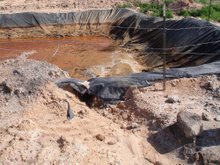


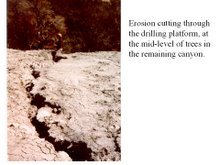
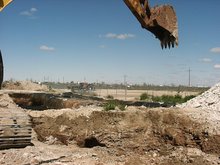


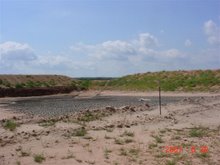


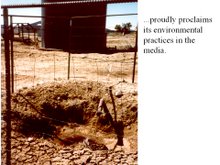
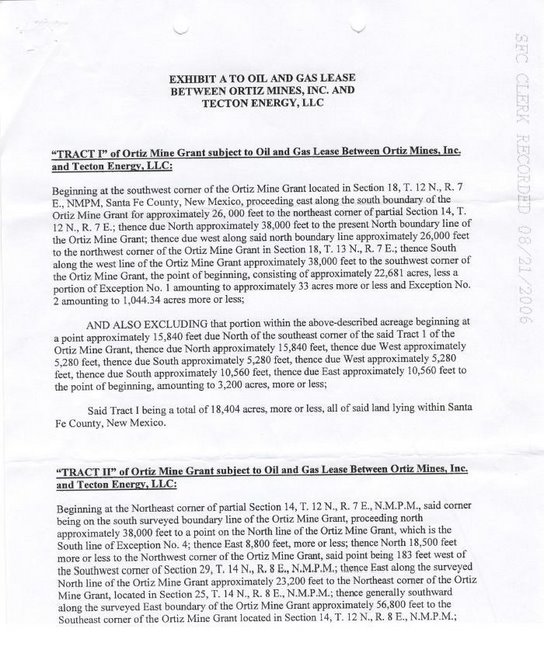
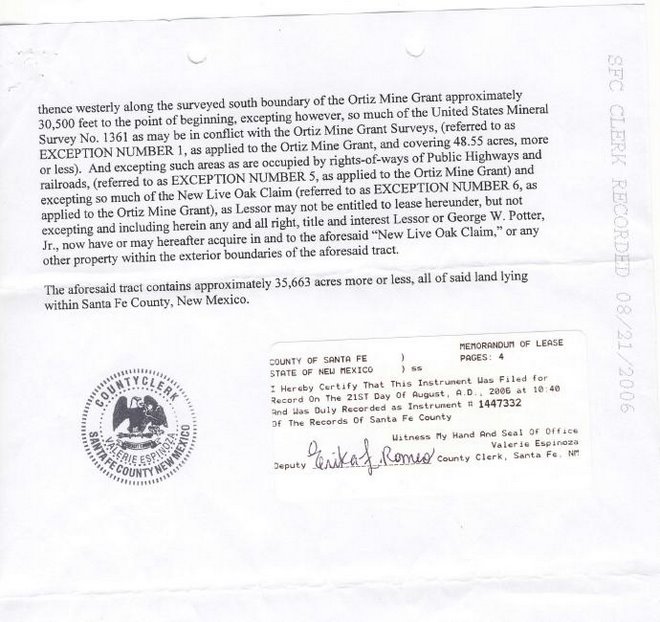
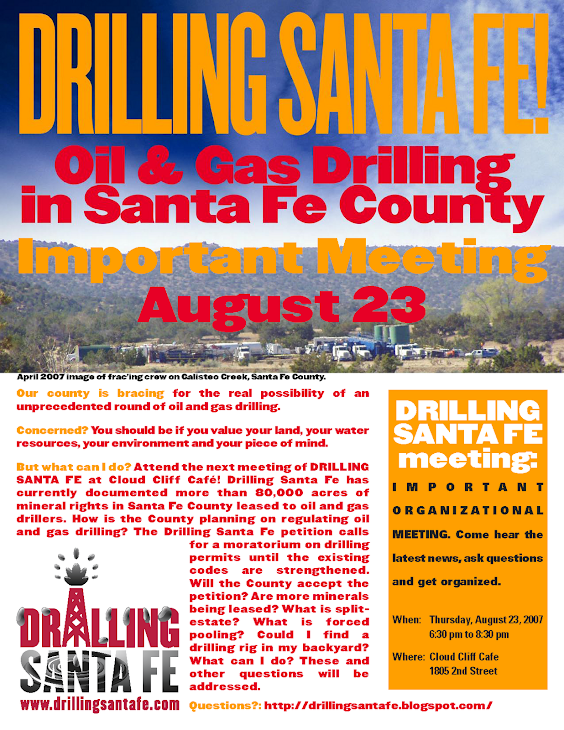



The SLDI Code™
ReplyDeletehttp://www.sldi.org/images/Research/sldi%20in%2...
The World’s 1st Sustainable Land Development Best Practices System is symbolized as a geometrical algorithm that balances and integrates the triple-bottom-line needs of people, planet and profit into a holistic, fractal model that becomes increasingly detailed, guiding effective decisions throughout the community planning, financing, design, regulating, construction and maintenance processes while always enabling project context to drive specific decisions.
In response to our industry’s need for sustainable thinking, SLDI is now entering the pilot phase for its unique Sustainable Land Development Best Practices System. Unlike other standards and certification programs, the SLDI Best Practices System helps to structure a triple-bottom-line (people, planet and profit) decision model that helps development projects achieve greater success in each area. We are interested in engaging all stakeholders in the review of this system.
Your participation and comments are welcome.
Sustainable Land Development International
www.SLDI.org